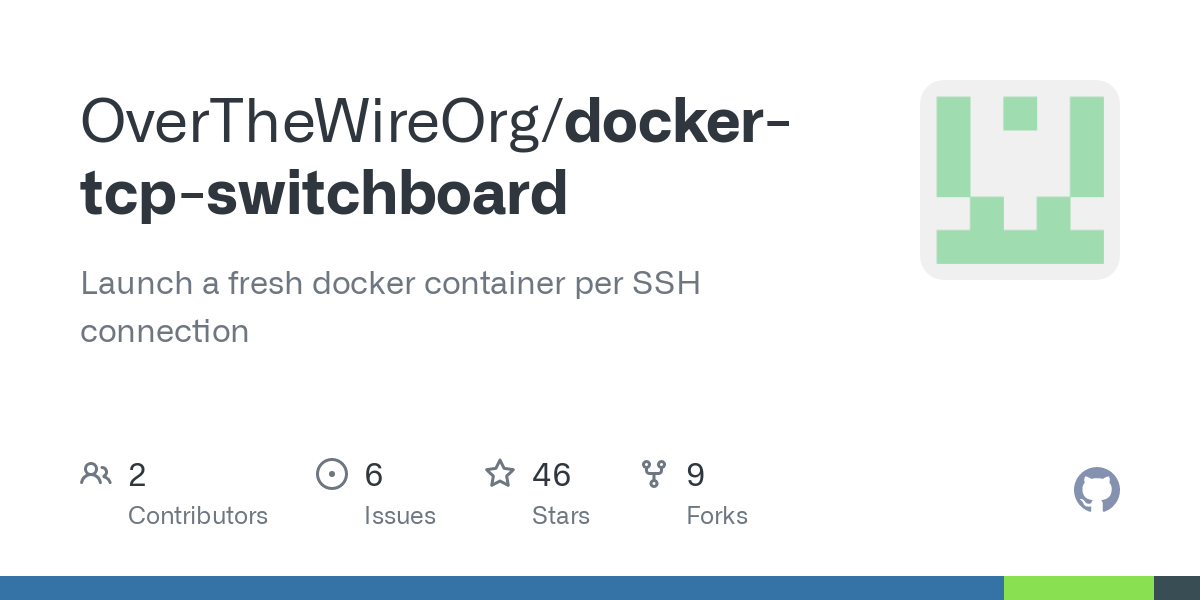

Uh…
Enpass is a freemium password manager and
From wikipedia.
So you switched to a proprietary password manager?
Also:
The Enpass app retains no user data on its company servers,[6][7] instead storing and syncing encrypted password vaults on storage controlled by the end user.
How is this different than keepass/xc, a fully foss solution?















Opensuse doesn’t have rpm-ostree. Their immutable offerings are just snapper/btrfs snapshots before changes to the system.
Such a setup is nowhere near as powerful. rpm-ostree can rebase itself based off of a container/oci image. It can layer images on top of eachother. Rather than just tracking when changes happened, it can also track what change happened, in a git style setup.